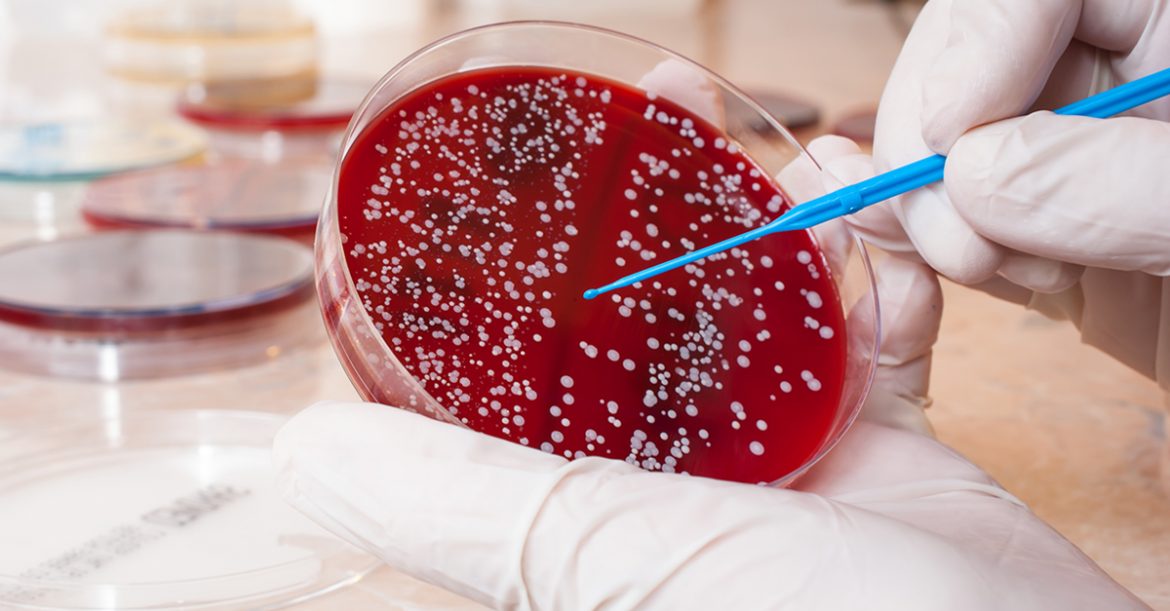A recent study lead by Yale University discovered a collection of plasma biomarkers that might reasonably predict the likelihood of metastasis in melanoma patients.
The findings were reported in the journal ‘Clinical Cancer Research.’ “The rate of melanoma growth is dramatic, and there are a huge number of patients under surveillance,” said Harriet Kluger, M.D., associate professor of medicine at Yale University School of Medicine, adding, “Our current method of surveillance includes periodic imaging, which creates huge societal costs.”
Melanoma is the fifth most prevalent male cancer and the seventh most common female malignancy. In the United States, it is projected that 68,130 persons were diagnosed in 2010, with 8,700 dying. Melanoma is frequently found early enough to be removed surgically with good screening, and death usually occurs after the disease metastasizes. The probability of metastasis ranges from less than 10% in stage 1A melanoma to up to 70% in stage 3C melanoma.
Patients with melanoma are usually exposed to a battery of imaging tests, blood tests, and physical examinations, but there is no agreement on how frequently these procedures should be performed or how accurate they are.
Kluger and colleagues examined the plasma of 216 people, including 108 with metastatic melanoma and 108 with stage 1 or 2 illness.
CEACAM, ICAM-1, osteopontin, MIA, GDF-15, TIMP-1, and S100B were found as plasma biomarkers. Those with metastatic melanoma had greater levels of all of these indicators than patients with early-stage illness. In fact, 76 percent of patients with early-stage cancer showed no increases at all, but 83 percent of patients with metastatic disease had at least one marker elevated. The area under the curve, a measure of the test’s dependability, was determined to be 0.898 by the researchers. The area under the curve calculation rate ranges from.5 to 1, with 1 being optimal and.5 being ineffective.
“This finding will need to be confirmed prospectively before it is used in the clinic, but it shows that such testing is possible,” said Kluger.





